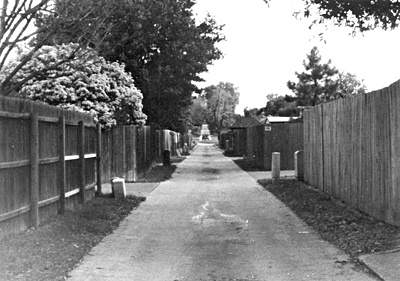All Nonfiction
- Bullying
- Books
- Academic
- Author Interviews
- Celebrity interviews
- College Articles
- College Essays
- Educator of the Year
- Heroes
- Interviews
- Memoir
- Personal Experience
- Sports
- Travel & Culture
All Opinions
- Bullying
- Current Events / Politics
- Discrimination
- Drugs / Alcohol / Smoking
- Entertainment / Celebrities
- Environment
- Love / Relationships
- Movies / Music / TV
- Pop Culture / Trends
- School / College
- Social Issues / Civics
- Spirituality / Religion
- Sports / Hobbies
All Hot Topics
- Bullying
- Community Service
- Environment
- Health
- Letters to the Editor
- Pride & Prejudice
- What Matters
- Back
Summer Guide
- Program Links
- Program Reviews
- Back
College Guide
- College Links
- College Reviews
- College Essays
- College Articles
- Back
The Curious Incident of the Dog in the Night-Time by Mark Haddon
The Curious Incident of the Dog in the Night-Time by Mark Haddon is about a fifteen-year-old boy named Christopher Boone. The book begins early one morning when Christopher discovers that his neighbor’s dog has been murdered. Most people would have an extreme, visceral reaction, but not Christopher. He processes things matter-of-factly. Instead of sulking, he becomes determined to figure out the mystery of who killed the dog, which tests his relationship with his father and sends Christopher on a journey to find something he never knew existed. The Curious Incident is thought-provoking, suspenseful, and sometimes upsetting, but ultimately rewarding.
Christopher has an atypical mind. He hates the colors brown and yellow, and starts to scream when anybody touches him. He also has an amazing memory and notices just about everything around him. For example, if you saw a can of soup at the grocery store, you might just see the kind of soup, brand, color, and approximate size. Not Christopher. He would see all of these things, plus exactly how many of that kind of soup were on the shelf, the logo of the brand, the precise design of the can, exactly how many noodles were on the picture on the can, and all the words on the can. This intricate, amplified perception of the world overwhelms Christopher throughout the book.
An example of Christopher’s overstimulating view of the world is that he takes no shortcuts in his narration of the story. Almost every piece of dialogue in the book is preceded by, “And I said,” or, “And so and so said,” instead of just inferring that the audience knows which character is talking. Christopher is a compelling and unusual character who develops a lot as the book goes on.
Christopher has a one-of-a-kind thought process. Haddon explores this by writing one or two plot-related linear chapters, and then writing one or two chapters where Christopher explains to the reader something he believes or something he knows about. When I’m reading this book, I often think, after a plot-related chapter and a Christopher’s mind chapter, “Why did Mark Haddon put this mind chapter after this specific plot-related chapter? He could’ve put this mind chapter anywhere else in the book, but he put it at this point in the plot. Why?” Then, I start thinking about how the concept that Christopher just explained relates to what's currently happening in the plot. It’s almost never an obvious, straight-forward connection. That’s one of the reasons I love this book. The author leaves it up to you to interpret. There’s no right or wrong answer. The structure of The Curious Incident of the Dog in the Night-Time is unique and special.
The Curious Incident of the Dog in the Night-Time is a great book. The main character is unique, the plot is suspenseful and full of twists and turns, the secondary characters are three-dimensional, likable, and relatable, and the structure and writing are precise and purposeful. The book does a great job of keeping you in Christopher’s mind, while also keeping you in the physical setting the characters inhabit. I would recommend this book to anyone trying to see the world in a new way.

Similar Articles
JOIN THE DISCUSSION
This article has 0 comments.

After I finished this book, I found I was still thinking about the characters, so I decided to write my thoughts down. Doing this really helped me to process my experiece reading the book.